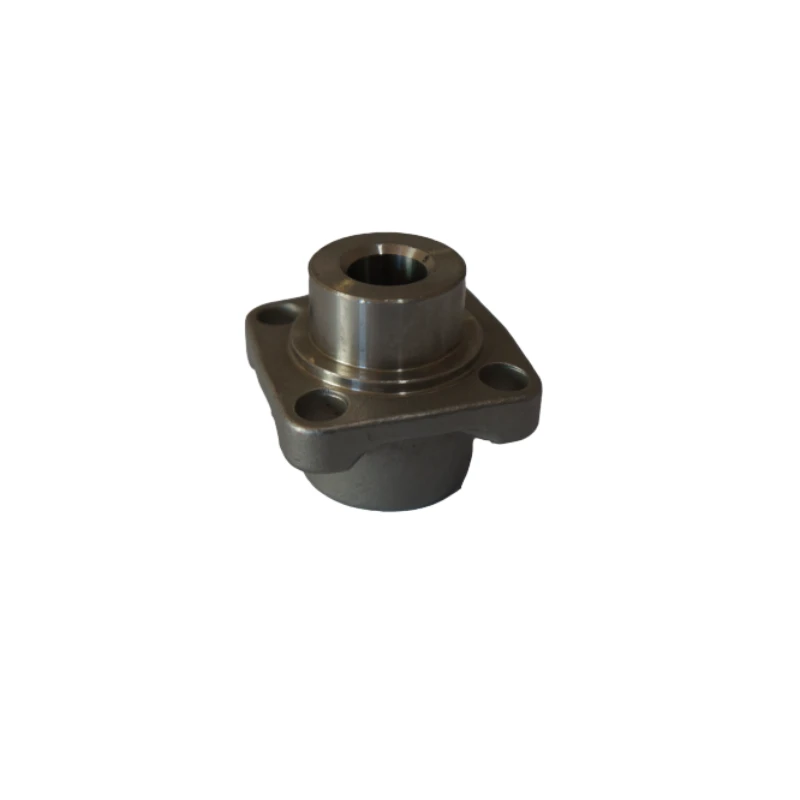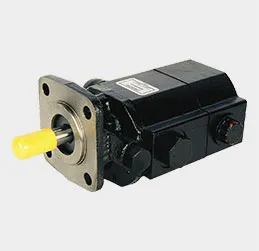jan . 10, 2025 12:26
Back to list
aluminium gravity die casting
Gravity die casting, a profound technique within the manufacturing sector, yields a wide array of benefits through its diverse types. This advanced form of casting, known for producing high-precision components, revolves around the principle where molten metal is poured into a metal mold through the force of gravity. Understanding the various types of gravity die casting, their distinct methodologies, and applications enhances the quality and efficiency of metal components used across industries.
Tilt Pouring, another specialized type of gravity die casting, introduces a dynamic aspect to the casting process. The mold is gradually tilted during the pouring operation, allowing the metal to flow smoothly and evenly into the mold cavity. This tilt mechanism reduces turbulence, minimizes porosity, and enhances the overall uniformity of the cast product. Tilt pouring is particularly advantageous for components needing impeccable surface finish and intricate detailing, commonly applied in manufacturing electronics enclosures, decorative castings, and appliances where aesthetic appeal complements functionality. Furthermore, Low Pressure Die Casting, while sometimes categorized under pressure casting, shares similarities with gravity die casting in terms of mold utilization. In this technique, a controlled amount of pressure assists gravity to facilitate the molten metal's entry into the mold. This results in finer-grained structures and improved mechanical properties in the cast components. Low pressure die casting is typically employed in producing high-integrity components such as wheel rims, suspension parts, and structural components subjected to dynamic stress, predominantly in the transportation industry. Each type of gravity die casting offers distinct advantages tailored to specific industrial needs, underscoring the importance of selecting the appropriate technique for each application. Understanding and leveraging the unique benefits of permanent mold casting, semi-permanent mold casting, tilt pouring, and low pressure die casting ensures that manufacturers meet stringent quality standards while optimizing production efficiency. Through continuous innovation and the adoption of advanced materials, gravity die casting maintains its position as a cornerstone technology in modern manufacturing.


Tilt Pouring, another specialized type of gravity die casting, introduces a dynamic aspect to the casting process. The mold is gradually tilted during the pouring operation, allowing the metal to flow smoothly and evenly into the mold cavity. This tilt mechanism reduces turbulence, minimizes porosity, and enhances the overall uniformity of the cast product. Tilt pouring is particularly advantageous for components needing impeccable surface finish and intricate detailing, commonly applied in manufacturing electronics enclosures, decorative castings, and appliances where aesthetic appeal complements functionality. Furthermore, Low Pressure Die Casting, while sometimes categorized under pressure casting, shares similarities with gravity die casting in terms of mold utilization. In this technique, a controlled amount of pressure assists gravity to facilitate the molten metal's entry into the mold. This results in finer-grained structures and improved mechanical properties in the cast components. Low pressure die casting is typically employed in producing high-integrity components such as wheel rims, suspension parts, and structural components subjected to dynamic stress, predominantly in the transportation industry. Each type of gravity die casting offers distinct advantages tailored to specific industrial needs, underscoring the importance of selecting the appropriate technique for each application. Understanding and leveraging the unique benefits of permanent mold casting, semi-permanent mold casting, tilt pouring, and low pressure die casting ensures that manufacturers meet stringent quality standards while optimizing production efficiency. Through continuous innovation and the adoption of advanced materials, gravity die casting maintains its position as a cornerstone technology in modern manufacturing.
Prev:
Next:
Latest news
-
Precision Sheet Metal Stamping Manufacturer | Fast & ReliableNewsAug.01,2025
-
OEM Sand Cast Pump Valve Fittings - Baoding Hairun Machinery And Equipment Trading Co., Ltd.NewsAug.01,2025
-
Custom OEM Impellers | High Efficiency & PrecisionNewsAug.01,2025
-
OEM Sand Cast Pump Valve Fittings - Baoding Hairun Machinery | Customization, Quality AssuranceNewsAug.01,2025
-
OEM Sand Cast Pump Valve Fittings - Baoding Hairun Machinery And Equipment Trading Co., Ltd.NewsAug.01,2025
-
OEM Sand Cast Pump Valve Fittings - Baoding Hairun Machinery And Equipment Trading Co., Ltd.NewsJul.31,2025
PRODUCTS CATEGORIES















